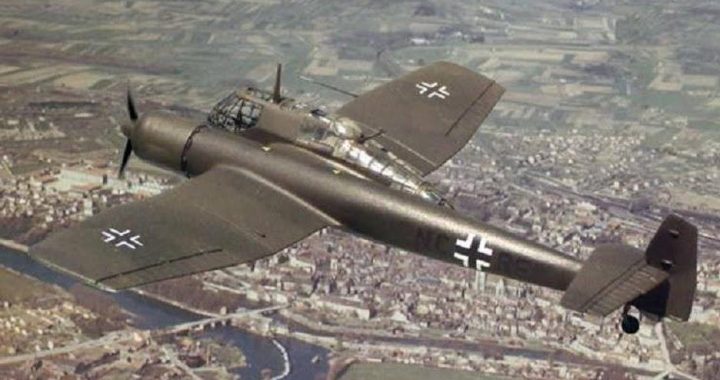Bizarre Warplanes From World War II (Part 1)
War is something that tends to create urgency in the hearts and minds of the ones who are involved in it. Same could be said about World War II which is regarded as the most disastrous of all the wars that this planet has ever seen. In order to best armies of their opponents, many … Continue reading Bizarre Warplanes From World War II (Part 1)
0 Comments
